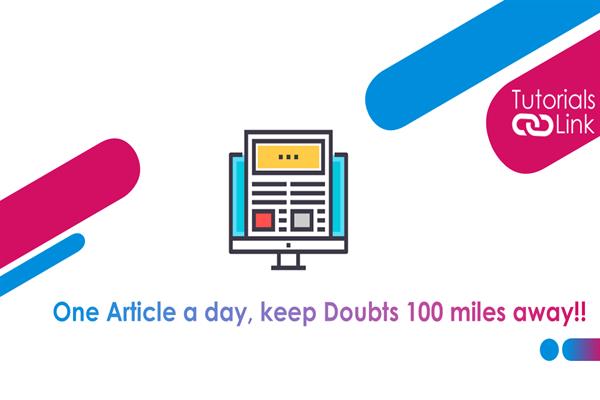Visual programming
Visual Programming
Visual Programming refers to the programming which lets the user to create programs by manipulating program elements graphically rather than specifying them textually. It uses a graphical or visual interface for software development combined with the text-based commands of the programming language.
Visual programming is a method of creating programs in which the programmer connects objects by drawing and clicking on icons and interacting with flowcharts. It has been developed to implement programs using a WIMP (window, Icon, Mouse and pointer) environment.
Prior to visual programming, programmer had to describe the objects by using only text-based commands while programming can drag and drop graphical objects like buttons, labels, menus, etc. Directly onto the application form later code can be set behind each object in a separate code-window.
The visual programming language are ideal for teaching basics of programming to beginners, without the need to memorize complex syntax of the language.
Visual basic was one of the first visual programming interface nowadays programmers use visual basic .Net, visual C++, and other visual programming tools.
A true visual programming language allows engineers to create software by just manipulating and a bit editing the programming elements. It doesn’t require writing long complex text-based commands. Thus the programming language considered most suitable usually depends upon requirements of user.
Features of a good visual language are:-
1. It provides the Graphical User Interface (GUI) enables a programmer to view window application
in a different manner. Thus visual programming language help user to create application in a short span of time.
2. Visual programming language are often pictorial in nature. These provide icons to represent data and operations.
3. It provide the programmer a user friendly interface which is intuitive and easy to use. For this programmer uses features such as windows, menus, buttons and list boxes.
4. It promotes rapid application development using this application can be created rapidly. It allows system development with reduced need for traditional programming.
5. It reduces the chance of bugs and helps the programmer to finish their work faster instead of writing codes. Thus to display the required component there is no need for complex code.





